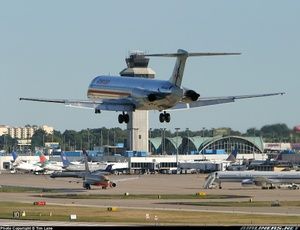Hopeful
Veteran
- Joined
- Dec 21, 2002
- Messages
- 5,998
- Reaction score
- 347
I overheard my FO talking with a mechanic about it. I didn't hear what they said was the cause, but I heard the FO say, "I wouldn't want to be the last signature in that logbook." Mechanic's response was something like "Boy, don't you know it."
Some poor bastard may be responsible for this incident or may not be...The bottom line is that there is enormous responsibility when working on aircraft and releasing it for flight. Unfortunately, the airlines don't think we should be compensated for it.

